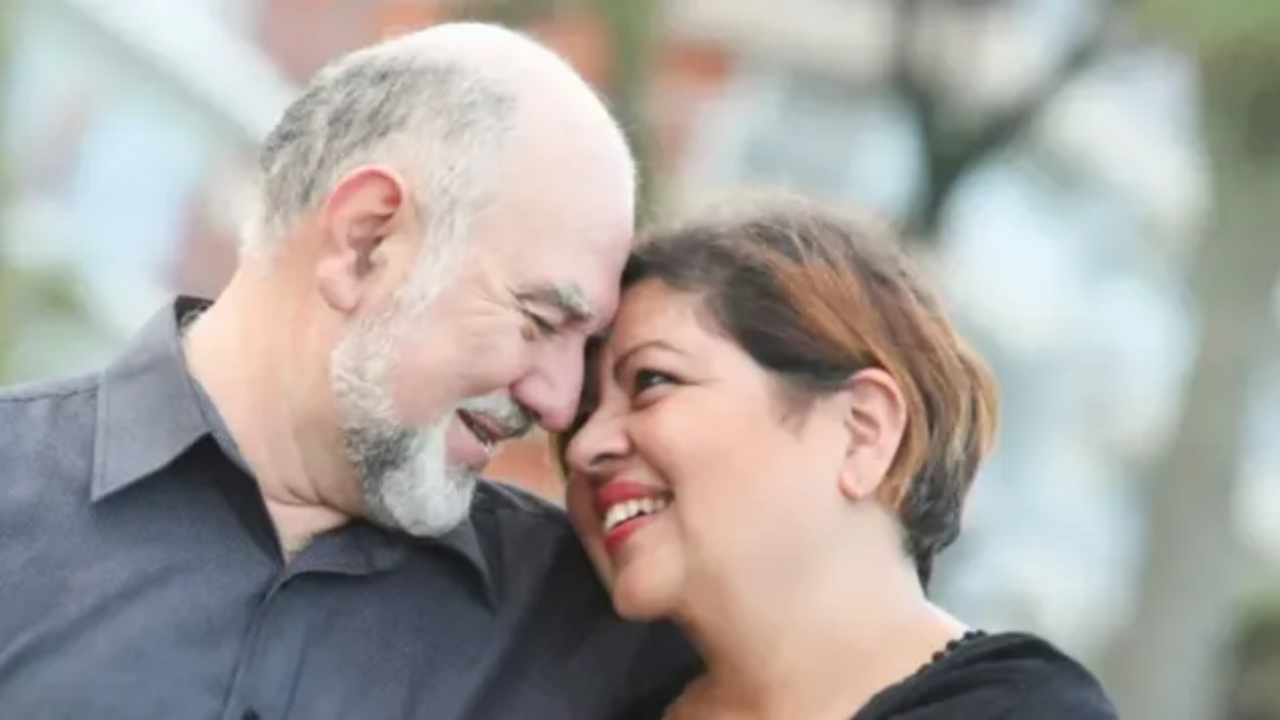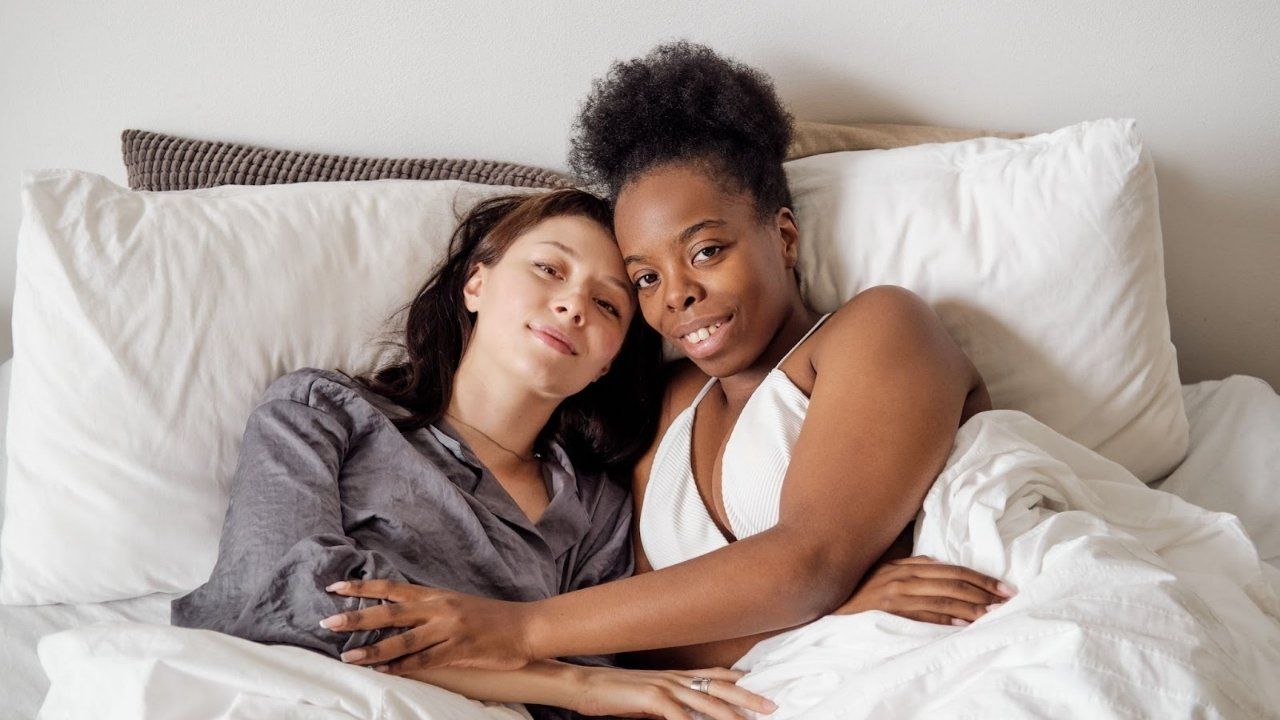Desire Discrepancy Lesson #1: Normalize Variation
Jan 30, 2019
Last week, I wrote about why desire discrepancy can be such a challenging issue for couples therapists to work with. If you missed last week’s post, you can read it here.
If you think about it, it’s not all that surprising that desire discrepancies are common. People vary widely from one another in preferences, desires, experiences, and beliefs. Of course they’re going to vary in terms of their level of desire for sex. It’s completely to be expected!
You wouldn’t assume that two partners would have the exact same preferences about how clean to keep their kitchen, what they like to do for exercise, how much money they want to put in savings each month, or how often they want to travel. Couples have desire discrepancies of all kinds, in all sorts of areas, and very often they are able to resolve them gracefully, while acknowledging the validity of each partner’s perspective. So why do we so often expect our partners to have similar levels of sexual desire to us, and feel such pain when that is not the case?
Our cultural ideas about love and romance are responsible for some of the distress. We are taught to think about love as “two souls merging into one.” Romance upholds similarity as the marker of a good relationship–two perfectly-matched people meshing seamlessly together.
That messaging is particularly strong when it comes to sex. Rather than acknowledging that everyone is unique, and that strong couples can (and must!) learn to value and embrace their differences, our culture teaches us to see differences in sexual desire between partners as a flashing warning signal that something is terribly wrong. In this way, what starts as a perfectly normal variation in sexual desire between partners can get so loaded with shame, stigma, and pathologization that it begins to drive the partners apart.
That’s why I make a point to normalize variation whenever I can. There’s no “normal” or “right” amount of desire for sex. Some people want lots of sex, and that’s healthy and okay. Some people want no sex at all, ever, and that’s also perfectly healthy and okay. Also, it is very usual and expectable for desire to shift over time, with age, stress levels, physical health, and hormone changes. It is just not productive or helpful to pathologize your own or your partner’s (or your client’s) level of desire.
Normalizing variation, and helping your clients see their desire differences as simply one aspect of their unique individuality, and not a sign of something wrong in the relationship, is a wonderful first step.
Stay tuned for more on working with desire differences and associated stresses, and I commend you for diving in to conversations about sex and sexuality with your clients!






